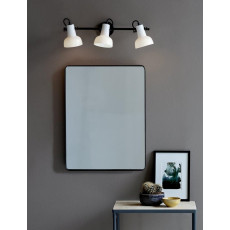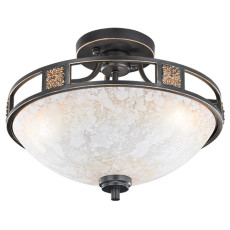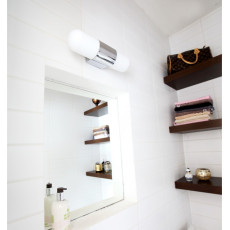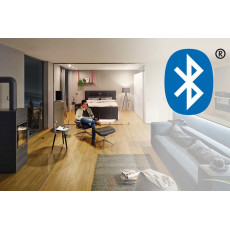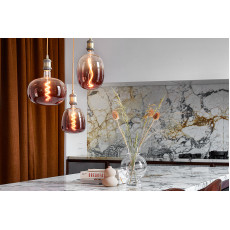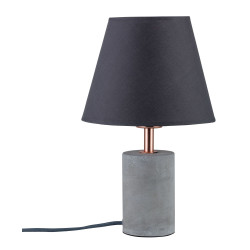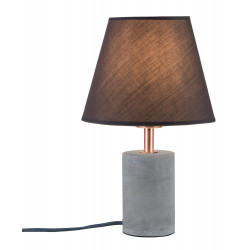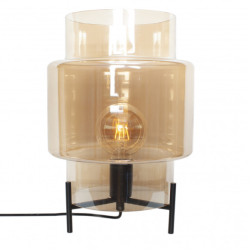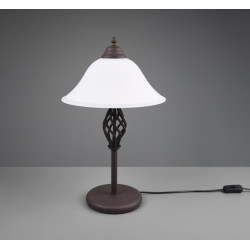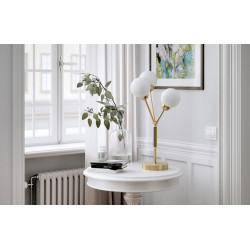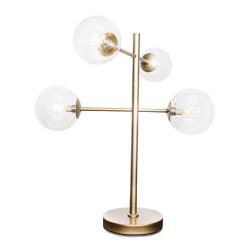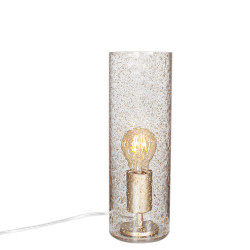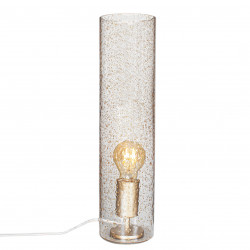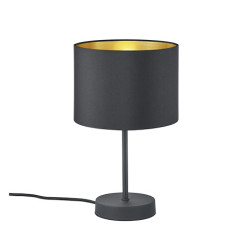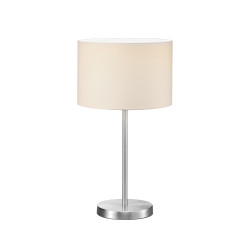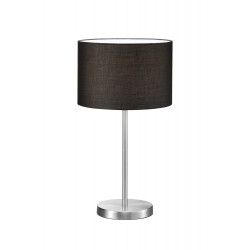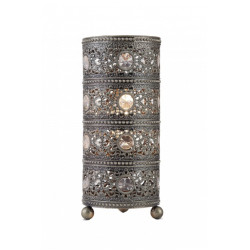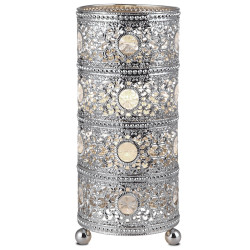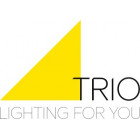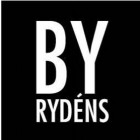Separate luminaires
Interior Lighting
Ceiling Lights: Practical and Essential for General Illumination
Layer Your Lighting for the Perfect Ambiance.
General Lighting
This is the main light source, typically provided by ceiling lights or recessed lights.
Task Lighting
Focused lighting for activities like reading or cooking. Table and floor lamps are ideal for this.
Accent Lighting: Highlighting Architectural Features and Artwork
Accent lighting highlights architectural features or artwork. Wall lights and certain recessed lights are perfect for this purpose.
Find a Common Thread in Your Lighting Design.
Ensure your lighting fixtures share a common element, such as a similar finish, style, or color, to create a cohesive look.
Balance the Scale of Your Lighting Fixtures.
Consider the size and proportion of your lighting fixtures. A large chandelier or pendant light can be balanced with smaller table lamps or wall lights.
Consider Functionality and Layout for Optimal Lighting
- Wall Lights:
Ideal for Hallways, Bathrooms, and Accent Lighting
- Table Lamps:
Perfect for Bedside Tables, Desks, or Side Tables
- Floor Lamps:
Great for Reading Books or Adding Height and Interest
- Recessed Lights:
Best for General Lighting in Various Rooms
Mix and Match Different Lighting Styles.
Don't be afraid to combine different lighting styles and types. It adds depth and interest to your space. Ensure there's a connecting element to tie them together. By thoughtfully combining various lighting types, you can create a dynamic and inviting atmosphere in any room.

-230x230h.jpg)
-230x230.jpg)
